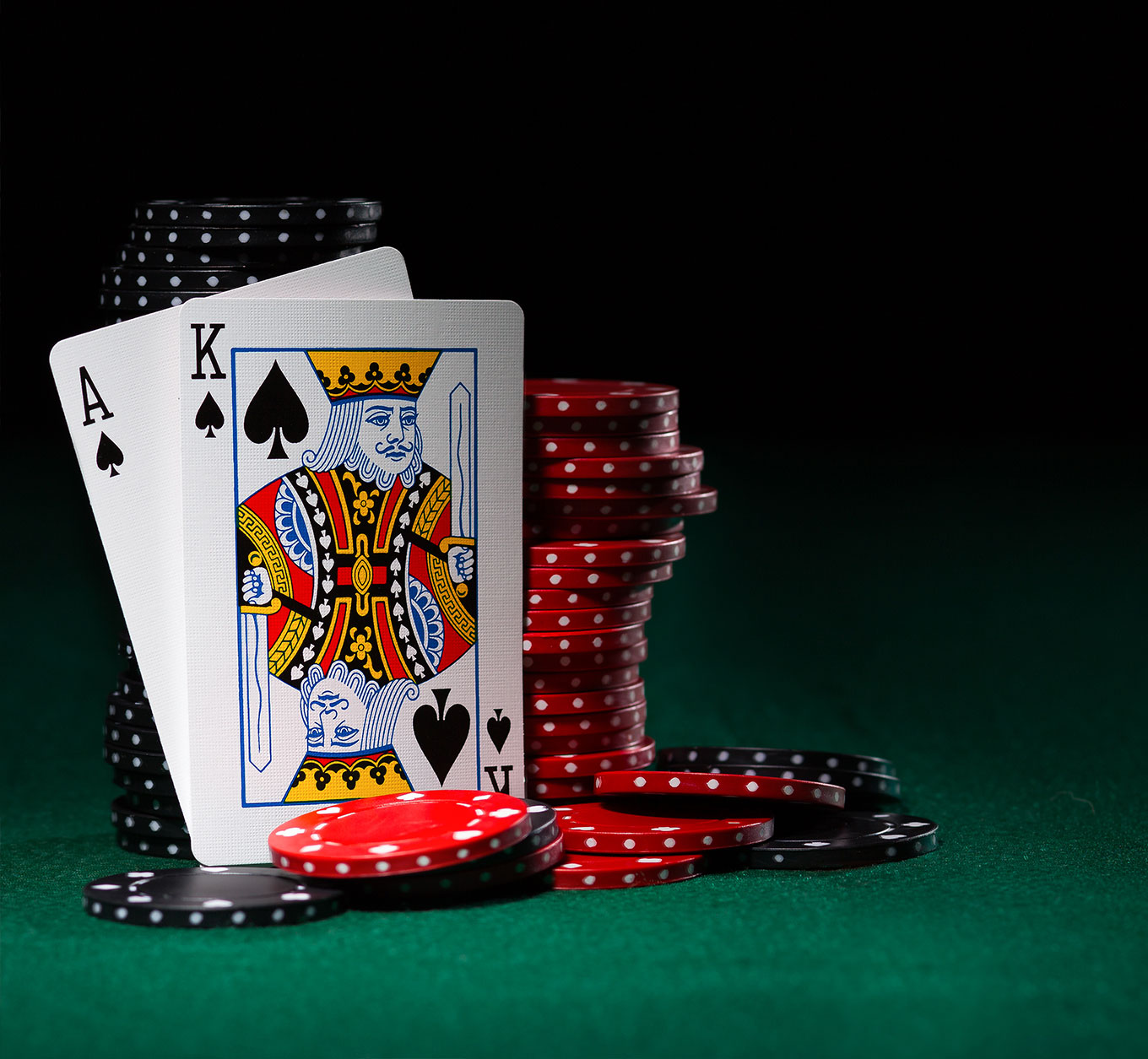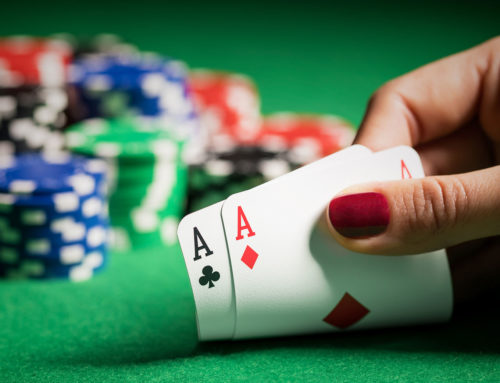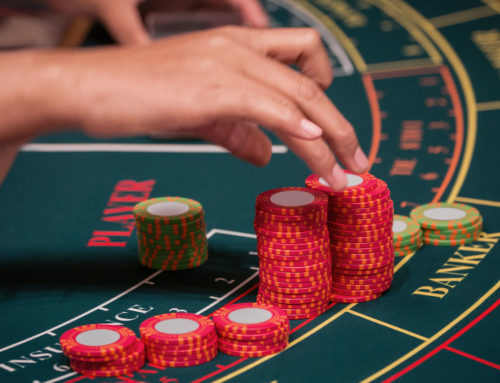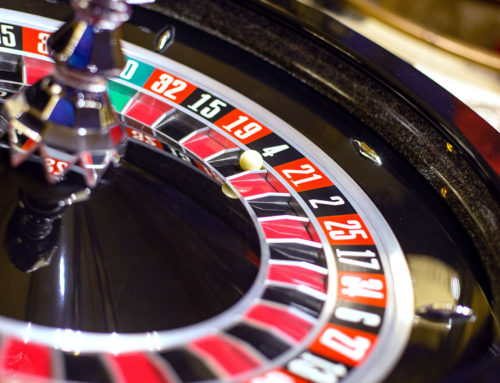Learn how to play blackjack in this comprehensive guide. Simply put, the goal in blackjack is to get more points than the dealer, without going over a count of 21. The rules of blackjack are as follows:
- Blackjack may be played with anything between one and eight 52-card decks.
- Aces are counted as either 1 or 11 points. Tens and picture cards count as 10 points. All other cards in the deck (2 – 9) have their face value.
- The value of a hand is the total of the point values on the cards. A blackjack is achieved with an ace and any 10-point card, and outranks all other hands; including those that add up to 21.
- Once the players at the table have placed their bets, dealers will deal two cards to each player as well as themselves. All cards are dealt face up with exception of one of the dealer cards which remains face down. This card is called the ‘hole card’.
- If the dealer shows an ace, the insurance option becomes available. This is a side bet that offers the player 2:1 should the dealer’s hole card be a 10-point card.
- Insurance wagers are optional, and their value cannot exceed half the original ante.
- If the dealer’s card is a ten or an ace, they will peek at their hole card to see if they have blackjack. If they do, they will turn it over immediately and the hand will be over.
- If the dealer does have blackjack, all wagers apart from insurance will lose. If a player at the table also has blackjack, however, the result will be a stand off.
- The following choices are available to players:
- Stand
- Hit
- Double
- Split
- Surrender
- After all players have had their turn, the dealer will flip the hole card. If the dealer shows 16 or less, they will draw cards until they get to 17 where they may not take another card. Depending on the table variation, the dealer may or may not take a card on a soft 17, so be sure to make sure of the specific table rules before you start playing.
- If the dealer busts, then all players at the table that haven’t bust will win.
- If the dealer doesn’t bust, then whoever has the higher point value will win.
- A winning hand will pay the player 1:1, and a blackjack usually pays 3:2.
Common blackjack terminology:
- Blackjack: Any ace paired with a 10, J, Q or K.
- Stand: Available option when you would like no more cards.
- Hit or draw: Available option when you would like another card.
- Split: When two cards of the same value are dealt, you may split the cards, creating two new hands and drawing two new cards to complete them. You will need to match your initial ante for this bet.
- Double: When you draw a card without the option of a further card. You will need to match your initial ante for this bet.
- Push or stand off: When the dealer has the same total as you. You will neither win nor lose this hand.
- Bust: To go over 21.
- Even money: This option becomes available only when you have blackjack and the dealer deals themselves an ace. This gives you the option of winning the hand 1:1, as opposed to a possible push where you will win nothing (should the dealer’s second card be a 10, J, Q or K).
- Insurance: This option becomes available when the dealer shows an ace for themselves. You will have the option to place a bet on insurance which has a payout of 2:1 should the dealer get blackjack.
- Surrender: The option to surrender your hand, essentially forfeiting half of your bet when you feel like you cannot beat the dealer. This option is not available when the dealer shows an ace.
- Box: The area in front of you where your bets are placed.
- Soft hand: Any hand that includes an ace, essentially giving the hand two possible counts.
Feel confident enough to play? Dragonara has a variety of blackjack tables to choose from with expert dealers that are ready to help.



